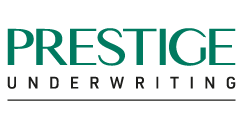What High-Risk Items Should You Disclose on Your Insurance?
Understanding the coverage for high-risk items is crucial to ensure comprehensive protection.
Here’s a breakdown:
Automatic Coverage
All high-risk items receive automatic coverage up to £2,000 per item. This coverage is applicable as long as your policy includes the correct level of valuables cover, emphasising the importance of accurately assessing your possessions.
Essential Valuables Cover
To avoid underestimating your possessions and being underinsured, having the right level of valuables cover on your policy is essential. This ensures that your high-risk items are adequately protected within the specified limits.
Items Worth More Than £2,000
If you own items with a value exceeding £2,000, it’s necessary to list each separately on your policy. This applies regardless of whether these high-value items are kept inside or outside your home.
Summary
By understanding the nuances of high-risk item coverage, you can make informed decisions to safeguard your valuable possessions effectively.





